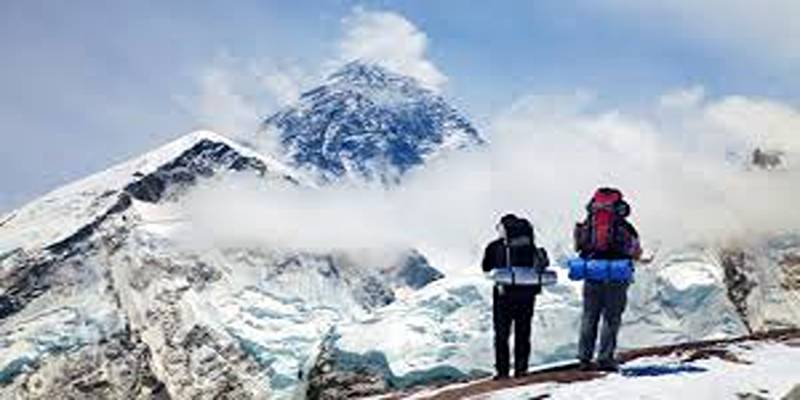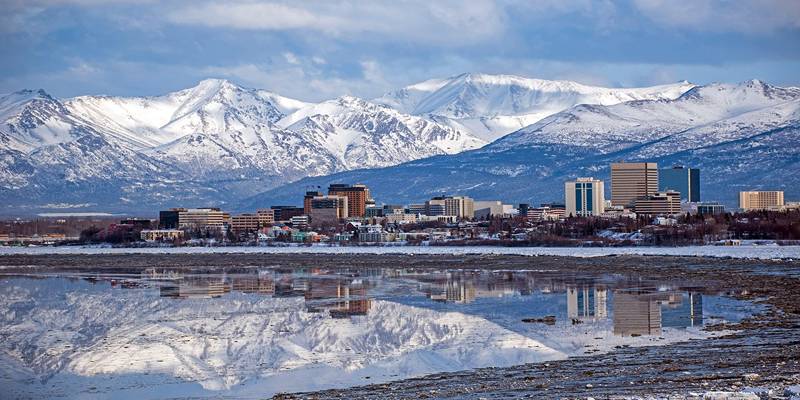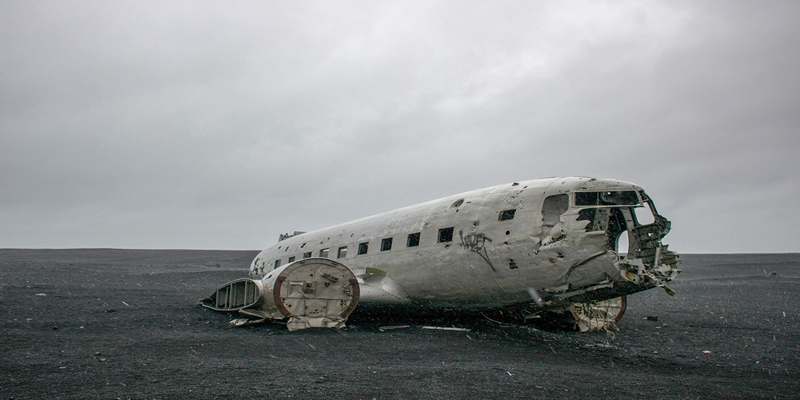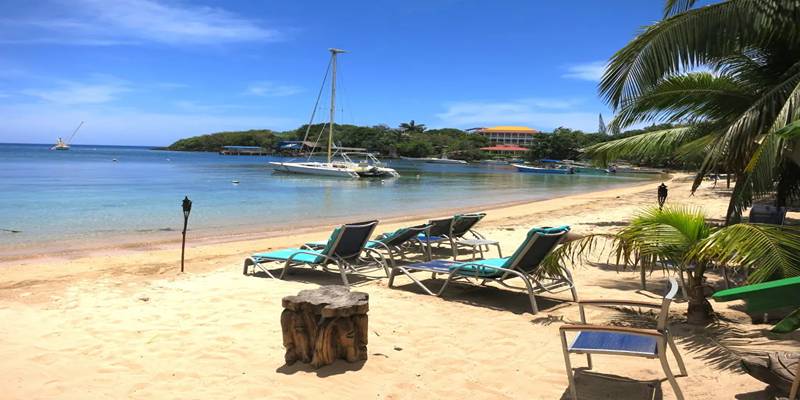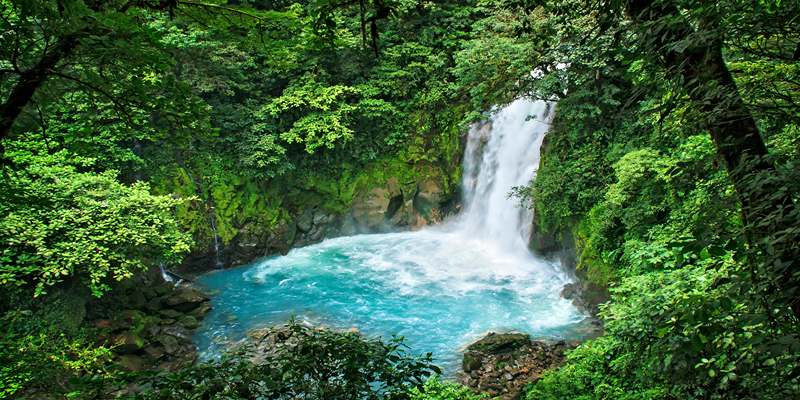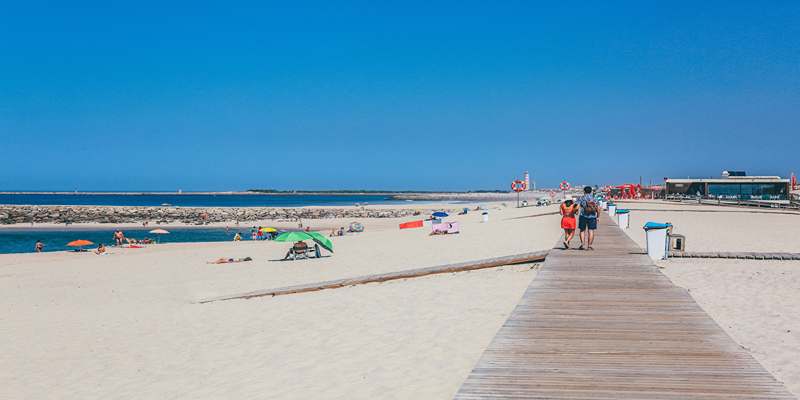Nepal is a country in the middle of the Himalayas that is famous for its high mountains, fascinating culture, and the best hiking routes in the world. Nepal is a popular place for hikers and mountain climbers to visit because it has eight of the ten highest mountains in the world. Every path has its own story to tell, from dramatic mountain views to peaceful alpine forests and old monasteries. Nepal has a trekking experience for every kind of adventurer, whether they want to test their limits at high altitudes or learn about local culture in small towns.
This guide outlines the 10 best hiking trails in Nepal, each offering a unique blend of natural beauty, heritage, and memorable encounters. These trails have earned their reputation through consistent popularity, varied terrain, and exceptional scenery.
1. Annapurna Circuit Trek
Encircling the massive Annapurna range, the Annapurna Circuit is celebrated for its dramatic transitions in landscape and climate. Starting from the subtropical lowlands, the route climbs through lush valleys and pine forests, eventually leading trekkers across the Thorong La Pass at 5,416 meters.
One of the most culturally diverse trails, the trek moves through Hindu villages in the lowlands and Buddhist settlements in the higher altitudes. Rich in biodiversity and visual contrasts, this trek takes 15 to 20 days to complete and remains one of the most rewarding hiking experiences in the world.
2. Everest Base Camp Trek (EBC)
Located in the Khumbu region, the Everest Base Camp Trek is arguably Nepal’s most iconic trail. Starting with a flight to Lukla, the path ascends through Namche Bazaar, Tengboche, and Dingboche before reaching the base camp of Mount Everest at 5,364 meters.
The route offers panoramic views of Everest, Lhotse, and Ama Dablam while also providing insights into Sherpa culture and Buddhist traditions. Visits to monasteries, such as Tengboche, and the constant flutter of prayer flags add a spiritual layer to the journey. This trek typically takes 12 to 14 days and is best undertaken in spring or autumn.
3. Langtang Valley Trek
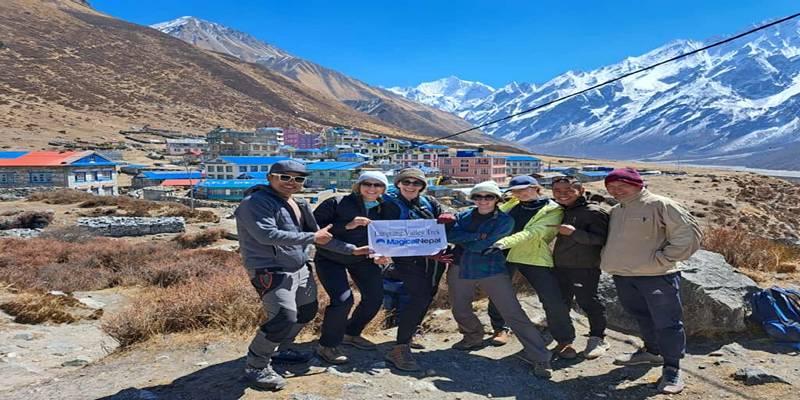
Situated just north of Kathmandu, the Langtang Valley Trek offers a quieter and more peaceful alternative to the busy Everest and Annapurna routes. It provides spectacular views of Langtang Lirung and visits to high alpine meadows and yak pastures.
The 2015 earthquake heavily impacted the region, but has since recovered, and trekking here also supports local communities. With Kyanjin Gompa as its final destination, this 7 to 10-day trek is suitable for both beginners and experienced hikers seeking cultural engagement and mountain scenery.
4. Manaslu Circuit Trek
The Manaslu Circuit, wrapping around the eighth-highest mountain in the world, is a less-traveled yet exceptionally scenic trail. Its highlights include crossing the Larkya La Pass at 5,106 meters, encountering Tibetan-style villages, and walking along river gorges.
Since it lies in a restricted area, a special permit and a licensed guide are required. The trail presents a raw and immersive trekking experience over 14 to 18 days, making it perfect for adventurers who prefer off-the-beaten-path routes.
5. Ghorepani Poon Hill Trek
Known for its breathtaking sunrise views, the Ghorepani Poon Hill Trek is a favorite among short-duration treks in Nepal. Ideal for families and novice hikers, it features well-marked trails, comfortable lodges, and consistent panoramic views of the Dhaulagiri and Annapurna ranges.
The highlight is the early morning ascent to Poon Hill (3,210 meters), where golden light illuminates snow-capped peaks. The trail takes 4 to 6 days and passes through rhododendron forests and traditional Gurung and Magar villages.
6. Upper Mustang Trek
The Upper Mustang Trek leads into a restricted area that was once an independent Tibetan kingdom. The terrain is stark and dramatic, resembling the high desert landscapes of the Tibetan Plateau. Wind-eroded cliffs, hidden caves, and ancient Buddhist monasteries lend a mystical aura to the trail.
Trekkers reach the walled city of Lo Manthang, where traditions have remained unchanged for centuries. This 12 to 15-day trek requires a special permit and is best done between May and October, avoiding the heavy snow season.
7. Helambu Trek
Close to the capital, the Helambu Trek offers easy access while still delivering cultural richness and scenic diversity. It traverses through Sherpa and Tamang settlements, dense forests, and spiritual sites.
Less crowded than other trails, this 5 to 8-day journey rarely exceeds 3,500 meters, making it suitable for those concerned about altitude sickness. Helambu is ideal for hikers looking for a culturally immersive experience near Kathmandu without committing to a more extended expedition.
8. Makalu Base Camp Trek
Remote and physically demanding, the Makalu Base Camp Trek is tailored for experienced trekkers. It passes through Makalu Barun National Park, one of the most untouched and ecologically diverse regions in the Himalayas.
Trekkers move through tropical forests, alpine meadows, and glacial landscapes before arriving at the base camp at 4,870 meters. The view of Makalu, the fifth-highest mountain in the world, is breathtaking. This trek spans about 18 to 22 days and requires strong physical fitness and careful preparation.
9. Khopra Ridge Trek
Often overlooked in favor of the more famous Annapurna trails, the Khopra Ridge Trek delivers solitude and stunning views. From the ridge, hikers can enjoy unbroken vistas of Dhaulagiri, Annapurna South, and Nilgiri.
This community-managed trek also includes a visit to the sacred Khayer Lake, a high-altitude pilgrimage site. Taking about 7 to 9 days, the route offers authentic homestays and supports local tourism development.
10. Rolwaling Valley Trek

Located between the Langtang and Everest regions, the Rolwaling Valley Trek is known for its mythical associations with the Yeti and breathtaking landscapes. This trail combines dense forests, high passes, and traditional Sherpa villages.
For seasoned trekkers, the trail can be extended to cross the Tashi Lapcha Pass into the Everest region, creating a challenging circuit. The whole trek takes approximately 18 to 20 days and includes views of Gauri Shankar, a sacred mountain in local mythology.
Conclusion
Nepal’s hiking trails offer more than just physical exploration—they serve as gateways to ancient cultures, pristine wilderness, and spiritual introspection. Each trail highlighted in this guide provides a different perspective of the country, from the bustling Sherpa towns of the Everest region to the silent, wind-swept valleys of Mustang.
Whether the goal is to reach the foot of the world’s tallest peaks or to connect with Himalayan traditions, Nepal’s diverse range of treks ensures a meaningful and unforgettable journey for all types of hikers.

